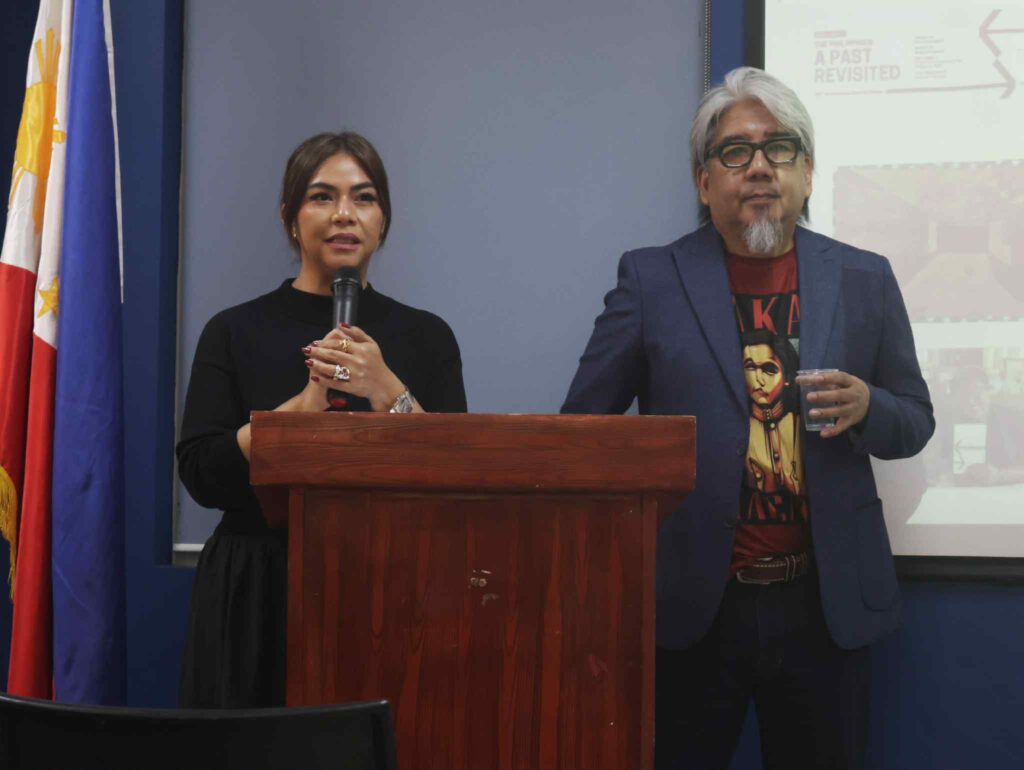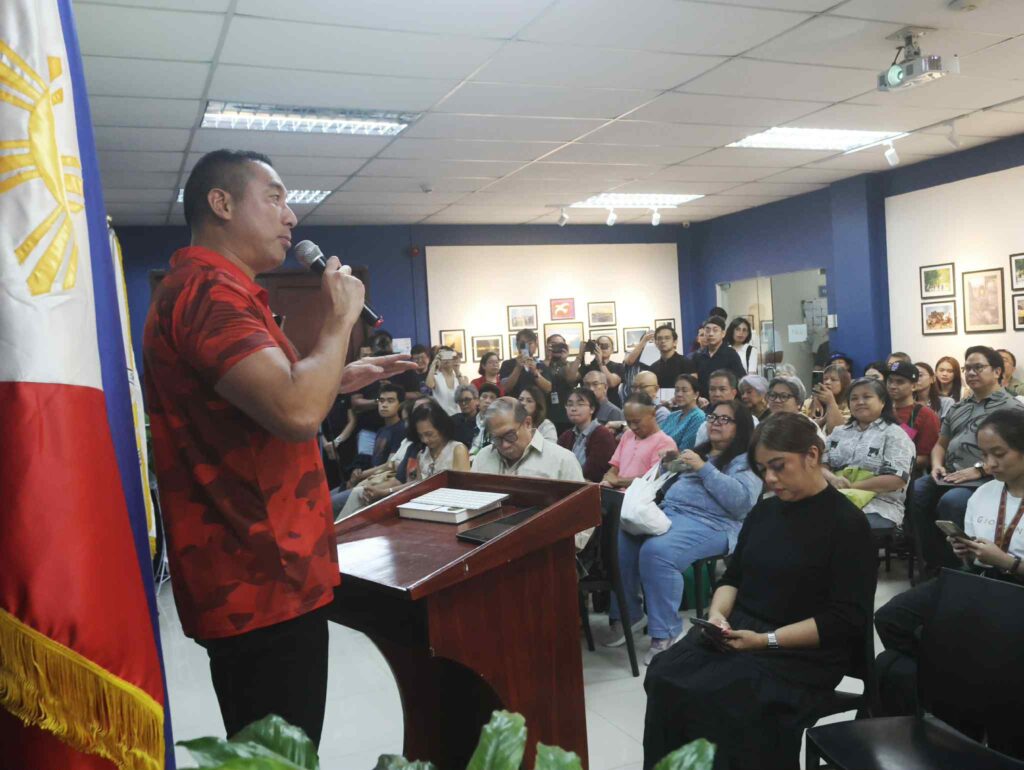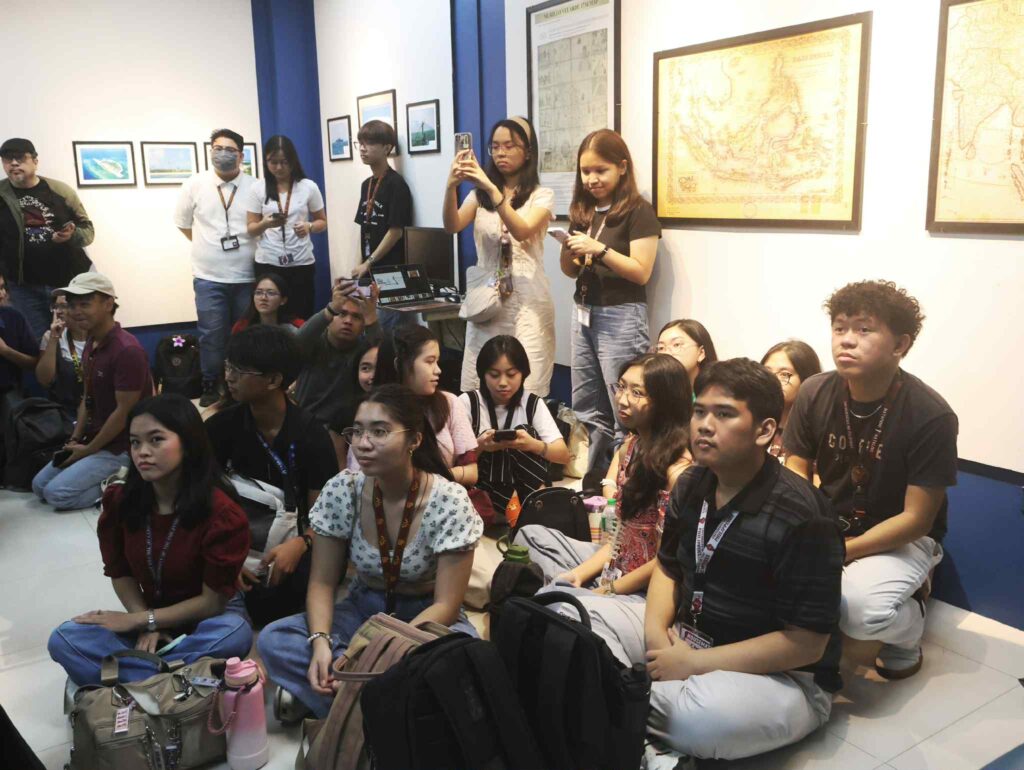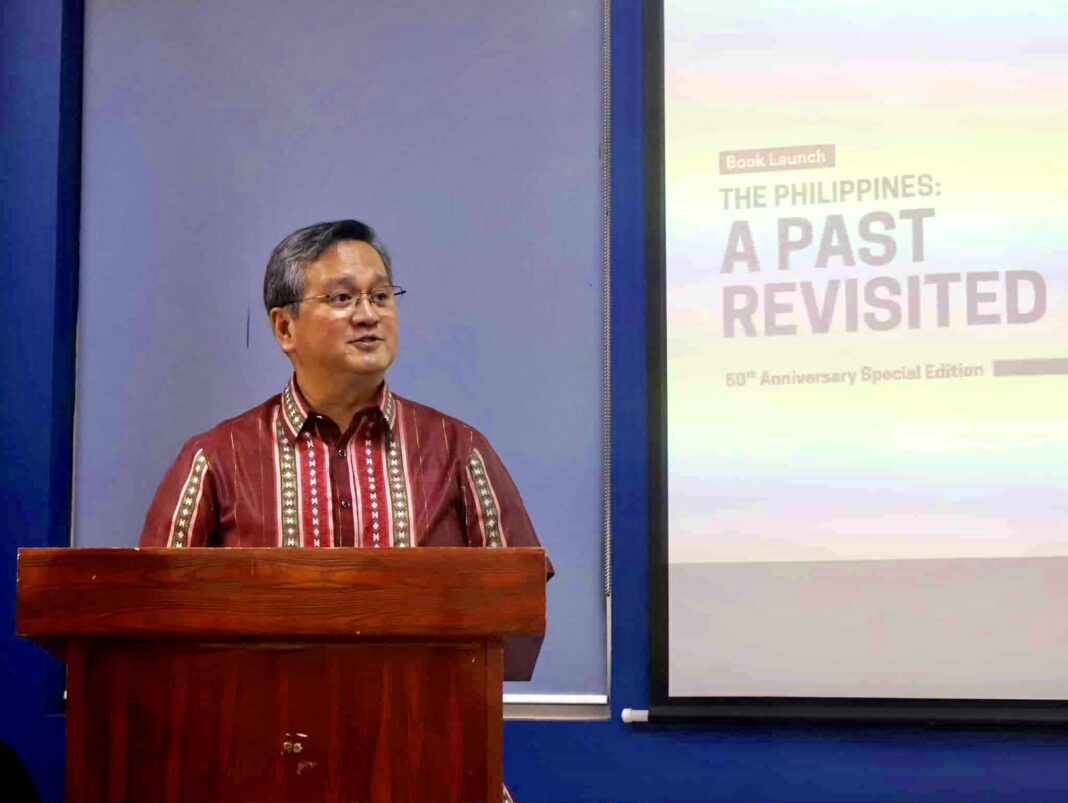The event began half an hour past its schedule, but then, history never arrives too late. It’s not even past. Guests who joined the launching at Museo El Deposito were not disappointed even though it was an SRO situation. Standing room only just before the opening words were shared, with visitors seated on the floor or spilling out and filling the main corridor.

Everyone seemed eager to hold the new edition of the first of two volumes of history written by Renato Constantino and Letizia Roxas Constantino and published first in 1975, when Martial Law had yet to reach its peak.
It was the same hard-hitting narrative of Philippine history written to enable the concept of “a usable past” propagated by the authors, who both symbolized what they’ve always openly declared—that they were partisan scholars and that it was important for the reader to know this rather than to pretend adherence to an illusory so-called objective, value-free notion regarding the writing of the past.
The 50th anniversary edition comes with a new introduction that weaves the climate crisis with Philippine history, an analysis of the historical political economy of development, as well as the epic love story of its authors.

San Juan City Mayor Francis Zamora opened the event, followed by Dr. Francis Navarro who, apart from his duties as a Commissioner of the event’s co-organizer, the National Historical Commission of the Philippines, carried with him his other responsibilities—as president of the Philippine Historical Association and as director of the Ateneo de Manila University Archives.
Sharing more anecdotes and analyses of the life and works of the Constantinos, Prof. Bernard Karganilla spoke next, unpacking Renato’s nationalism further, and sharing key anecdotes—that Renato was a combatant who distributed anti-Japanese leaflets from a bicycle and who had signed up for fighting duties in Bataan and who later formally joined the intelligence ranks of the resistance.
Journalist Karmina Constantino-Torres moderated the event as a member of the Constantino Foundation. She introduced her brother, Renato Redentor “Red” Constantino, the managing director of the foundation who wrote the new introduction to the history book.
The new introduction weaves together the climate crisis and Philippine history and the epic love story of the authors. It carries key contexts that spells out in detail the intersection between global economic developments and fossil fueled conflict preceding the more recent historical periods: the oil crisis of the 1970s and the Iran-Iraq war.

The managing director, who occasionally writes for BusinessMirror, recounted the role of coal-powered U.S. imperialism when it purchased from Spain the Spanish colonies of the Philippines and Cuba.
Constantino said, “The climate community today should not only be aware of the Paris climate agreement but the Treaty of Paris as well, given the latter’s role in establishing coaling stations in Subic Bay and Guantanamo that powered the United States navy which, during the period, was bombarding Filipino revolutionaries from Lingayen to Dumaguete before heading to China to help suppress the Boxer Rebellion.”
The new edition saw Letizia Roxas Constantino join her husband on the cover. According to Red Constantino, Renato had failed to persuade his wife to join him on the cover of the first history volume, but succeeded when the subsequent volume was launched in 1978. Letizia considered it her “graduation” and thus agreed to join her husband as co-author. Copies of the new edition and other Constantino publications can be ordered through their main distributor Popular Bookstore, whose founder was a dear friend of the authors.
The foundation’s managing director said the Filipino public must patronize museums such as El Deposito and praised Mayor Zamora for his government’s unfettered promotion of Philippine history. — Story and photos by Bernard Testa




